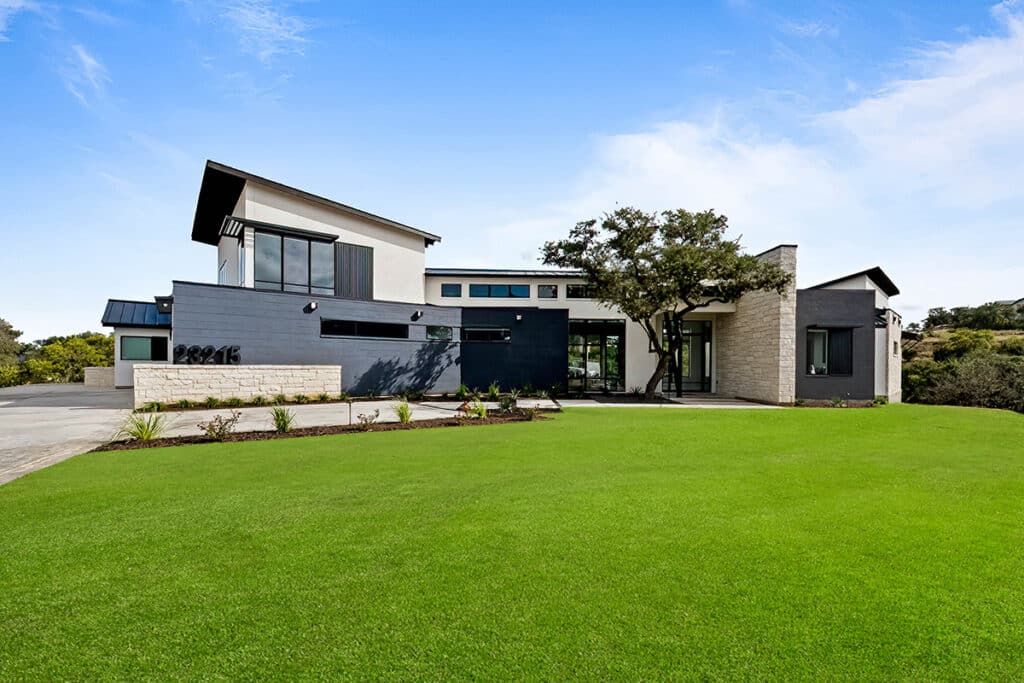While gardeners in other parts of the country are enjoying the height of the year’s growing season, Stage 2 watering restrictions are already in place in South-Central Texas. Gardeners here need to make every drop of water counts in their edible landscape. You may garden early in the morning or at dusk, but your plants cannot avoid the dry heat and blazing sun in July and August.
With some planning and technique, it is possible to garden in San Antonio’s summers.
Here are some tips on how to plan your harvest for the height of summer heat and drought.
Plant drought-tolerant vegetables.
The types of drought-tolerant vegetables that work best in a low-water garden are the ones not planted in summer. Sowing seeds or plants earlier in the spring gives them time to get established, as extreme drought and heat will kill even the hardiest crops. Planting in the fall when the worst heat has passed allows for a late harvest of tomatoes to mature in time for Thanksgiving.
If you planted fennel, Swiss or rainbow chard, rhubarb, asparagus, artichokes, and okra earlier in the year, they should be well established enough by July to survive with hand watering. In mild winters, chard and fennel will overwinter and continue to grow next spring. Asparagus survives summer’s heat year after year once its spring harvest is over. Artichokes and okra are unfazed by the heat, while rhubarb can be grown as an annual if started in late winter or early spring.
Consider planting Mediterranean natives like olive trees, figs and pomegranates in the late fall. They adapt well to our climate and once established, flourish year after year in the garden. Remember to harvest olives around Labor Day and process them into brine-filled jars. By the holidays, you will have olives ready to eat and share.
Tomatoes, peppers and eggplants are heat-loving plants, but they drop their blossoms when daytime temperatures are above 95 degrees and nighttime temperatures remain above 85 degrees for an extended period.
Shade cloth can protect eggplants, peppers and tomatoes for a while, but it’s best to pull unproductive plants and plan on a fall planting instead. The exception will be hot peppers and sweet peppers such as banana, ‘Gypsy’ and pimento, which produce well despite the heat.
The star of the summer garden is still okra.
Because okra is native to tropical Africa, it never gets too hot for plants to produce pods. Once the okra seedlings are a few inches tall, they should be thinned to 12 inches between plants, as their attractive large blooms need room to spread open for pollination. Harvest frequently when pods are about three inches long and still tender. Recommended varieties for our area include ‘Oscar,’ ‘Emerald,’ ‘Clemson Spineless,’ ‘Cajun Delight,’ ‘Dwarf Green’ and ‘Lee.’
Use mulch and drip irrigation to conserve water.
Plan on adding a three- to four-inch layer of mulch such as grass clippings, dried leaves, pine needles, straw or shredded bark to keep the soil cooler and reduce evaporation. Raised beds help retain water better than open flatbeds. Planting in clusters rather than in rows can provide shade from the leaves for conserving water. Shade cloth can also give plants some relief from the heat of the direct sun.
Consider using a drip irrigation system to water the garden in the late evening or early morning. Water more heavily when the plants are very young and reduce the amount as they mature, except as the plants set fruit. For best fruit production, reintroduce additional water for a time and then reduce it again. Apply enough water to wet the soil to a depth of at least six inches. Most gardens require about an inch of rain or irrigation per week during the growing season.
Plant your fall garden in August.
Gardening in the fall can be much more challenging than spring planting because crops need to mature before the first fall frost, typically between Thanksgiving and Dec. 1 depending on your area. Double check the “Days to Harvest” needed for each variety between planting and picking, as the length of time can vary widely between different varieties of the same kinds of plants.
Garden centers should have tomatoes, peppers and eggplant transplants for fall planting. These vegetables need about 100 days to harvest, so plan on transplanting them around Aug. 17. San Antonio gardeners need to plant seeds directly into the garden about Aug. 12 for hot weather vegetables like squashes, pumpkins, cucumbers, watermelons and gourds grown for a fall harvest.
Resources
Creating a Drought-Resistant Garden in Central Texas is available at many local nurseries and gardening stores or online here:
https://aggie-horticulture.tamu.edu/travis/master-gardeners/creating-a-drought-resistant-garden-in-central-texas/
Photos of top vegetables to grow in the heat:
www.hgtv.com/outdoors/flowers-and-plants/vegetables/15-top-veggies-to-grow-in-the-heat-pictures
When to plant vegetables in San Antonio:
https://garden.org/apps/calendar/?q=Persimmon+Gap%2C+TX
By Iris Gonzalez





